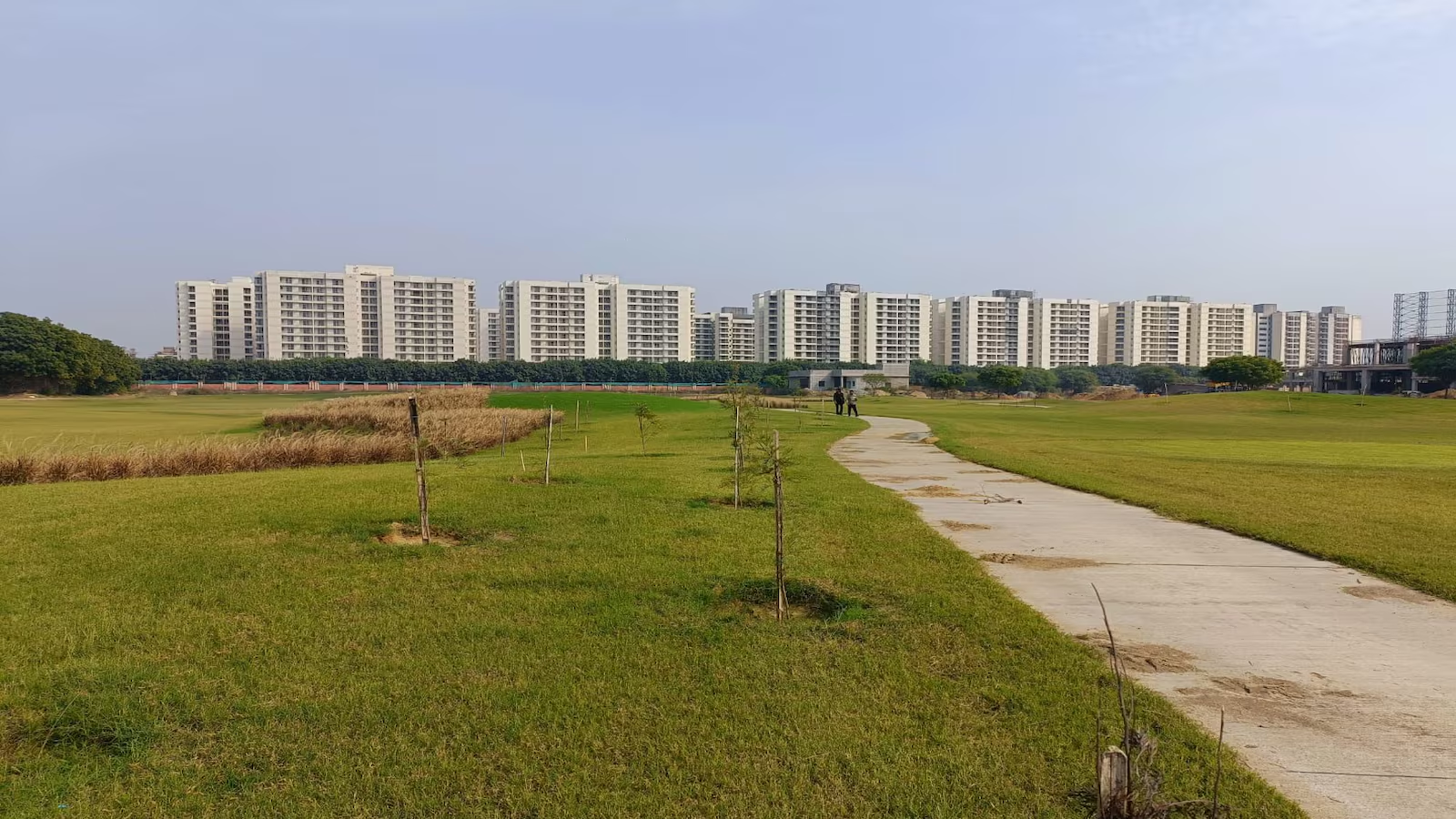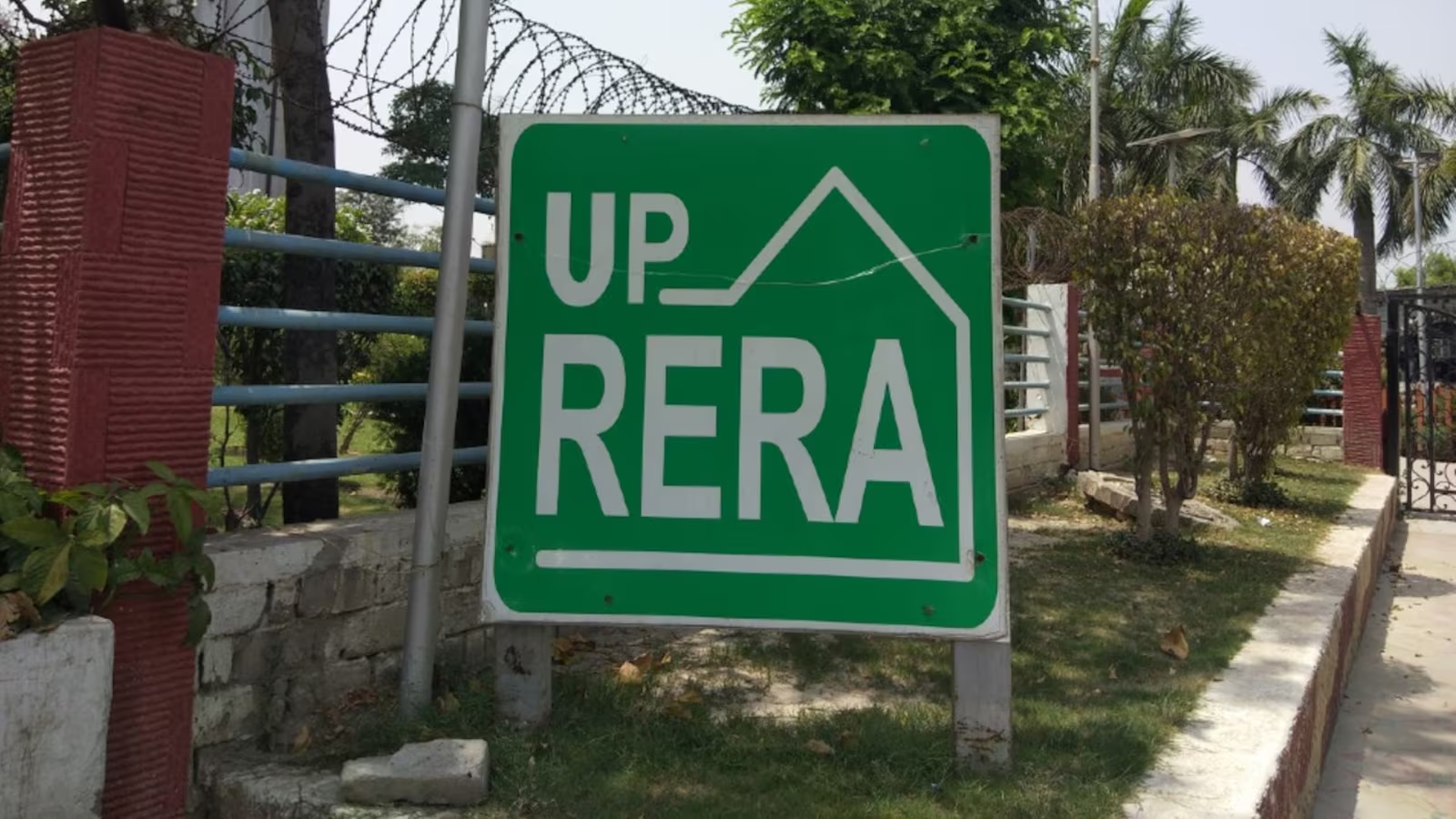Guest Column
Investing in a ‘luxury’ apartment?


In Indian real estate, ‘luxury’ is by far the most-abused word by residential project developers. Any project offering basic amenities is classified as ‘luxury’ in marketing materials, advertisements and pitches. We have actually seen projects wherein 1-BHKs are being offered along with 2 and 3-BHK units being touted under the luxury tag. What is wrong with this picture?
In the first place, luxury living in any context must necessarily involve generous living spaces. Going by that alone, a 1-BHK cannot qualify as luxury by any stretch of imagination. Secondly, the interpretation of luxury in the Indian context also includes an element of exclusiveness. In other words, the buyer of a luxury apartment – apart from superior amenities and facilities – also expects to live in a project which offers a certain socio-economic standard as a neighbourhood. Therefore, when a project offers one-bedroom apartments, it automatically disqualifies itself from the ‘luxury’ classification.
Given that developers will continue to call every project luxurious, it is important for buyers to understand the definition, context and meaning of luxury in Indian residential real estate. But before this, let us first examine the investment dynamics of genuine luxury homes.
Buying a luxury apartment for self-use already involves the need for multiple checks and validations in any case. However, when it comes to buying such an apartment for investment, the need for 360-degree due diligence is even higher. After all, the final objective is returns on investment. If one is considering investing in a luxury apartment, one must understand what the hallmarks of genuine luxury in residential real estate are:
LOCATION
This is one of the most crucial parameters. Though central location is certainly an important qualifier for the luxury tag in India, a project that stands at a central city junction beset with traffic congestion does not provide a luxurious experience. No matter if a project is ‘normal’ or ‘luxurious’, it is not home if one cannot reach it or get out of it. Investors need to look at many location parameters, such whether the project benefits from approach roads that allow for convenient vehicular egress and ingress.
Also, very few people buy luxury homes and then hide them from the rest of the world. Most owners of such a home want others to see and admire their properties, and to entertain people there. Noise and air pollution apart, this purpose is not achieved if the project lies in a chronic traffic gridlock zone. Finally, the owners themselves must have ready access to markets, schools, colleges, hospitals and their offices. And before we forget – the most spectacular edifice of luxurious living falls flat on its face as an investment bet if it is located in a crime-ridden area.
The view available to the project’s occupants is also very pertinent. A project may be genuinely luxurious in its internal specifications and amenities. However, if it overlooks a slum or congestion-prone highway, a graveyard or a hospital, both rental and resale potential take a beating. The availability of a rooftop swimming pool and a Jacuzzi in every bathroom will not make a difference – a very basic ingredient of the luxury experience is unavailable.
FLOOR-TO-CEILING HEIGHT
This is one of the most important parameter to evaluate a project’s true ‘luxury’ value. If the floor-to-ceiling height is less than 12 feet, the luxury feel is severely compromised. Moreover, apartments with low ceilings do not lend themselves optimally for tasteful interior decoration.
PROJECT DENSITY
This means the number of people living in the project. There is no ideal thumb-rule for this parameter – however, it is generally understood that a one-acre project should not house more than 60 families. Anything more means that the project does not qualify as ‘luxury’. This is because the available amenities are shared by too many people, destroying the project’s ambience, exclusiveness, convenience and charm.
PARKING
Again, there is no specific yardstick by which to measure parking sufficiency. The commonly followed norm is that the number of bedrooms in a project should equal the number of available car parks. A 3-bedroom apartment should therefore have three parking spaces within the project. Though many luxury projects in the larger cities now offer puzzle-type mechanized parking, the fact is that HNI buyers and tenants actually prefer normal or stack parking.
ELEVATORS
The mere provision of branded elevators does not suffice in a luxury project. The project must also have service elevators with separate entries, to ensure that domestic help and external suppliers do not populate the elevators and lobby being used by residents. Investors must also ensure that the elevators are spacious enough to accommodate a stretcher.
SECURITY
Inhabitants of a luxury project do not expect to have to install ugly security grilles over their front doors and windows. They expect to have the assurance that their families and property are safe in all respects. A genuine luxury project has uncompromising human security as well as electronic surveillance and safety measures firmly in place.
As is evident, it takes more than a mere word like ‘luxury’ to place a project head and shoulders above the rest – and thereby make it a worthwhile investment option. While one cannot stop developers from misusing the luxury tag, it is certainly possible to understand what true luxury – even in the Indian context – really is.
(The writer is Chief Executive Officer—Residential Services, JLL India)
-



 News3 weeks ago
News3 weeks agoKW Delhi 6 Mall Onboards New Brands
-



 News4 weeks ago
News4 weeks agoManasum Senior Living Launches IKIGAI GOA, A Senior Living Community in North Goa, in collaboration with Prescon Homes
-



 News2 weeks ago
News2 weeks agoGodrej Properties Sells Rs 3k cr+ Homes of Godrej Zenith, Gurugram, within 3 days
-



 News4 weeks ago
News4 weeks agoBridging India Divide: Top 5 Tier- 2 Cities to Focus On
-



 News3 weeks ago
News3 weeks agoCommercial Realty Gets Tech Savvy: Fast Construction, Enhanced Convenience
-



 News4 weeks ago
News4 weeks agoMultipoint Connection – A Definite Boon
-



 News3 weeks ago
News3 weeks agoRBI’s Status Quo on Key Policy Rates to Help Maintain the Real Estate Growth Momentum, Say Industry Stalwarts
-



 News1 week ago
News1 week agoOlive Announces Dhruv Kalro as Co-Founder
















